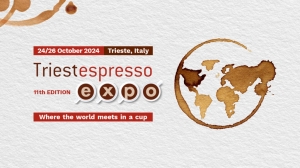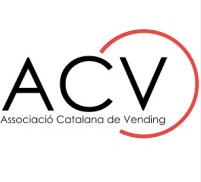Vending machines in Japan: special report (part 2)

...[GO BACK TO THE FIRST PART OF THE ARTICLE] Machines account for some $56 billion of revenue in Japan, nearly twice the U.S. total. So per capita, the Japanese buy more than four times what people in the United States do via machines. If, as we have said, there is in Japan one vending machine per 23 people, it means that there are roughly 5.5 million machines in all the territory. Most of them sell soft drinks such as tea, coffee, juice and carbonated beverages, in cans or pet bottles, at prices ranging from 110 to 150 yen. And the more rare ones sell meal packs, fresh vegetables, noodles, disposable cameras, tampons, etc.
Machines account for some $56 billion of revenue in Japan, nearly twice the U.S. total. So per capita, the Japanese buy more than four times what people in the United States do via machines. If, as we have said, there is in Japan one vending machine per 23 people, it means that there are roughly 5.5 million machines in all the territory. Most of them sell soft drinks such as tea, coffee, juice and carbonated beverages, in cans or pet bottles, at prices ranging from 110 to 150 yen. And the more rare ones sell meal packs, fresh vegetables, noodles, disposable cameras, tampons, etc.
Now, a new product offer Japanese the possibility of having their own vending machine at home, for the times they feel dissatisfied with the ones in the street. The mini vending machines are designed for home use and works with special (fake) coins, keeping up to 10 cans. The lights of the buttons indicate if the drink is available or not, just like the real vending machines. The first vending machine in Japan was made of wood and sold postage stamps and post cards.
About 80 years ago, there were vending machines that sold sweets called “Glico”. In 1967, the 100-yen coin was distributed for the first time, and vending machine sales skyrocketed overnight, selling a vast variety of items everywhere. In Japan, vending machines are known as jid_hanbaiki (from jido_, or “automatic”; hanbai, or “vending”; and ki, or “machine”), jihanki for short.



























